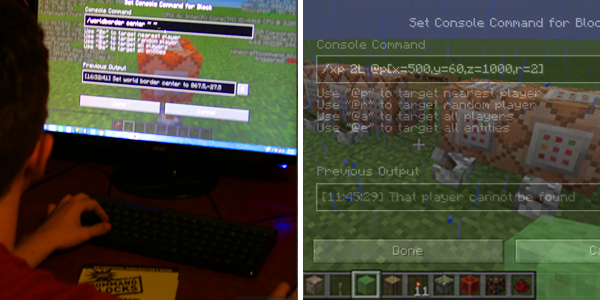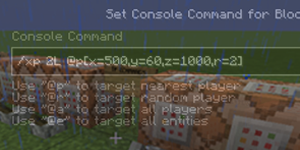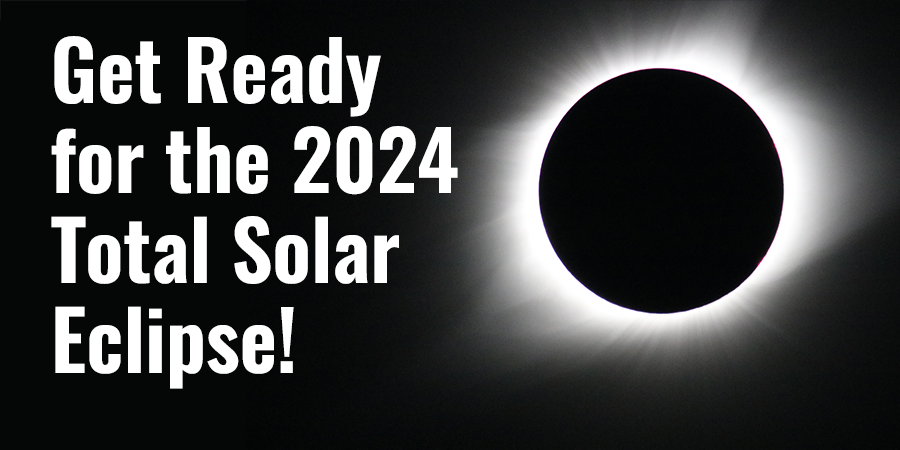Program Summer with Cool Computer Code
Looking for ways to challenge your students this summer? Infuse summer downtime with fun opportunities to experiment with computer programming and coding. Experimenting with Scratch or another programming language, kids can dive into coding and create fun video games and apps. Each new project is a stepping stone to the next one!

A Minecraft book caught the eye of one of my kids as we were leaving the book store recently. Usually, my kids don't glance twice at magazines and books related to Minecraft or the other online games they play. Given the speed at which things change with online games, and especially with games that involve user-created extensions and modifications, most printed guides related to running, playing, or building in a game like Minecraft run the risk of being out of date before they even hit store shelves. When they have questions, my kids head to the Internet for answers and frequently spend time searching online for readily available formulas, mods, recipes, and solutions.
Even though he is a fan of the game, my teen is probably outside of the target audience for a book like the bright yellow one that caught his eye precisely because he gravitates online to find immediate solutions for things he wants to try. But this book sparked his interest. It is a book devoted to using command blocks, and when he passed it over for me to see, I immediately recognized that, in some small way, it is a book of code. I had a moment of parental squee. My teen wanted to buy a book on coding? Let's run, not walk, to the register.
Encouraging Kids to Code
So far, despite my behind-the-scenes encouragement, my student has never really gotten interested beyond superficial dabbling in computer programming and code. He's explored (and enjoyed) video game design through online programs, and he has worked through plenty of Scratch programming examples. He has had a taste of working with Arduino, and he has used Scratch with Raspberry Pi. But, so far, programming isn't something in which he is really interested.
When he picked up a book of code that would have him working more with command line prompts and blocks of "code" in Minecraft, rather than just blocks, I quietly bought the book in hopes that this might be the bridge we need, the backdoor to code from something he already enjoys. We will see.
Admittedly, using command blocks in Minecraft isn't quite the kind of code I expected. You can't write a script somewhere and run it. Instead, you use command blocks right in the chat interface, but that isn't all that far from a command line prompt. Exploring command blocks could be a step in the coding direction.
At the very least, supporting his interest in command blocks is a way to encourage him to be an active creator and not merely a player confined to what exists in available worlds and mods. The shift from player to creator or coder is one that is important for parents to understand and to encourage with their kids. Playing is great, but why not take extra steps to learn how to code the games, apps, and environments you enjoy?
Get Creative with Raspberry Pi
Summer is an excellent time for kids to experiment with computer programming, with electronics, robotics, and with DIY projects that let kids get creative with a mix of engineering and computers. Many students spend time playing games of one form or another, or using online or mobile apps. With a slight shift in perspective, they can also explore building their own apps, writing their own code, and designing their own games.
The new Raspberry Pi Projects Kit is a fun hands-on kit to kickstart and support student interest in coding and electronics. The kit guides students in setting up their Raspberry Pi. Running the Raspberry Pi off a TV (or an HDMI monitor), kids can then work through a series of eight interactive projects at Science Buddies that guide them through creating projects that involve using Scratch to write programs that are hooked to real-world circuits and function a certain way based on input received from sensors. Some of the projects are on-screen, but many of them are real projects you can make, build, play with, and use. From a DIY carnival game to a digital puppet or a set of drums made from household items, these activities turn coding and electronics into creative fun.

After working through the projects designed for the kit, students can continue programming, building, and exploring with Scratch or move on to Python or another computer language. They can even try Minecraft Pi, a special version of Minecraft that runs on Raspberry Pi and lets kids experiment with programming Minecraft worlds using Python.
More Summer Code
The Raspberry Pi Projects Kit is one way to encourage students to experiment with Scratch coding this summer and contains everything kids need (excepting general craft materials) to do a series of guided projects. In addition, Science Buddies has a wide range of other Scratch projects and resources, as well as ideas for exploring video game design, Python, and more. Check some of these projects, articles, and suggestions to give your kids opportunities to explore:
- Computer Programming Basics: An Hour of Code: the Hour of Code project makes it easy to sit down and experiment with computer programming through one of a number of fun challenges.
- Playful Programming and Cool Code: From Tech User to Tech Creator
- Super Scratch Succeeds in Scratching the Surface of Code with Cartoon Fun (book review)
- Do Even More with Your Raspberry Pi Projects Kit (book review)
- Want to Make a Video Game? Here's How! (project)
- ABC's of Programming: Writing a Simple 'Alphabetizer' with JavaScript (project)
- Quick Draw McPaws: Teach A Computer Kitty How to Draw Shapes (project)
- A Trick of the Eye for Halloween (get inspired!)
- Making It Real: Incorporating Physics in Video Games (project)
- Light Up the Season with Computer Science Exploration (get inspired!)
- Paper Maze Programming: Start to Finish Computer Logic: no computer is required for coders of all ages to start thinking like a programmer. This is a fun science activity for all ages but teaches important principles at the same time!
- The Video Game Science of Hit Boxes (student story)
(Note: The yellow book that caught his eye is Hacks for Minecrafters: Command Blocks: The Unofficial Guide to Tips and Tricks That Other Guides Won't Teach You. This is part of a series of Hacks books. Verdict is out still on how much coding this inspires.)
The Raspberry Pi Projects Kit was developed with a lead investment from Symantec and additional funding from the Best Buy Foundation, Raspberry Pi Foundation, Oracle Foundation, and Google RISE.
Raspberry Pi is a trademark of the Raspberry Pi Foundation.
Categories:
You Might Also Enjoy These Related Posts:
- Plastics and Earth Day - Science Projects
- Arduino Science Projects and Physical Computing
- 10+ Robotics Projects with the BlueBot Kit
- 5 STEM Activities with Marshmallow Peeps
- March Madness Basketball Science Projects: Sports Science Experiments
- Women in STEM! More than 60 Scientists and Engineers for Women's History Month
- Explore Artificial Intelligence and Machine Learning with Student AI Projects
- 10 Reasons to Do the Rubber Band Car Engineering Challenge










